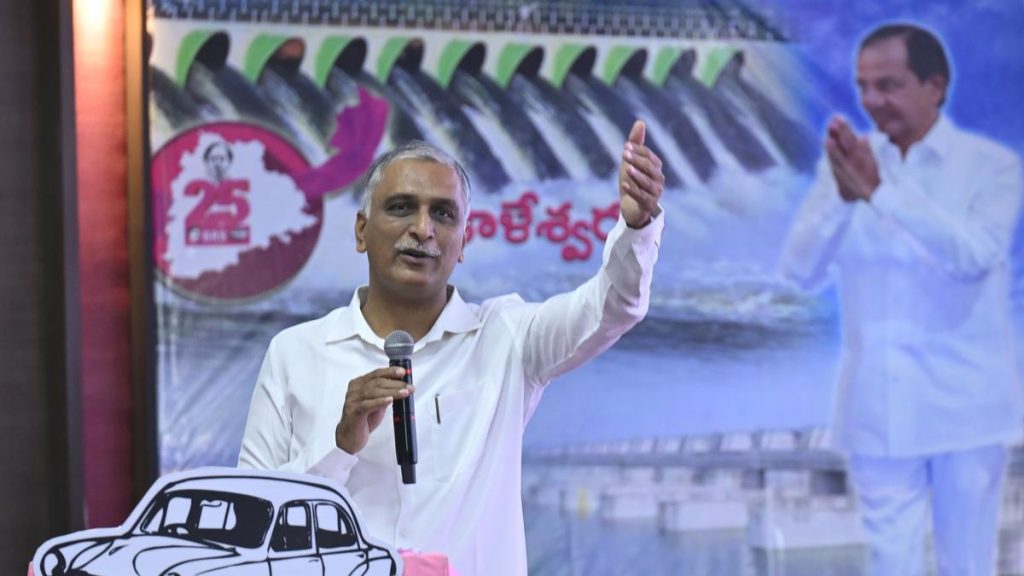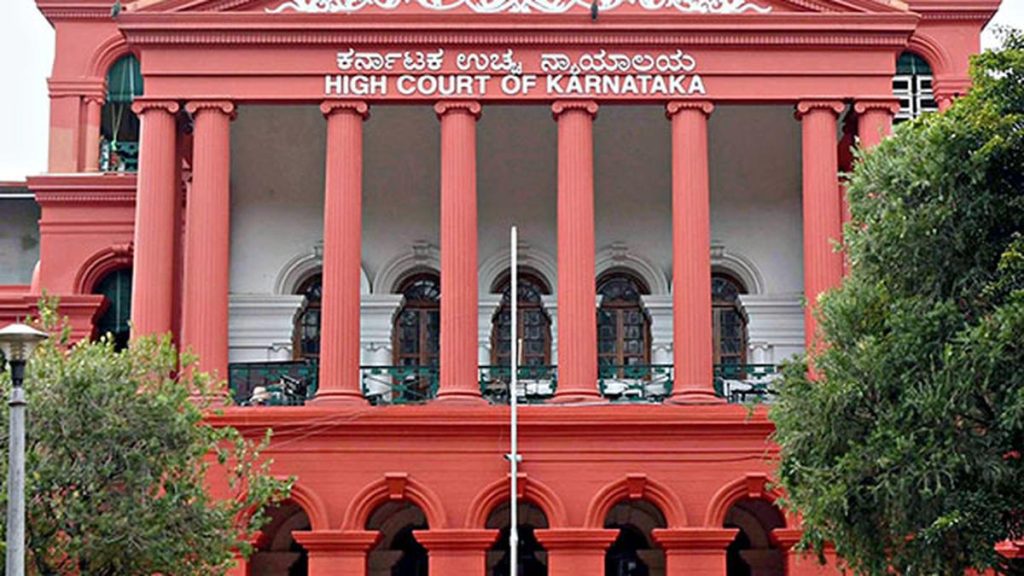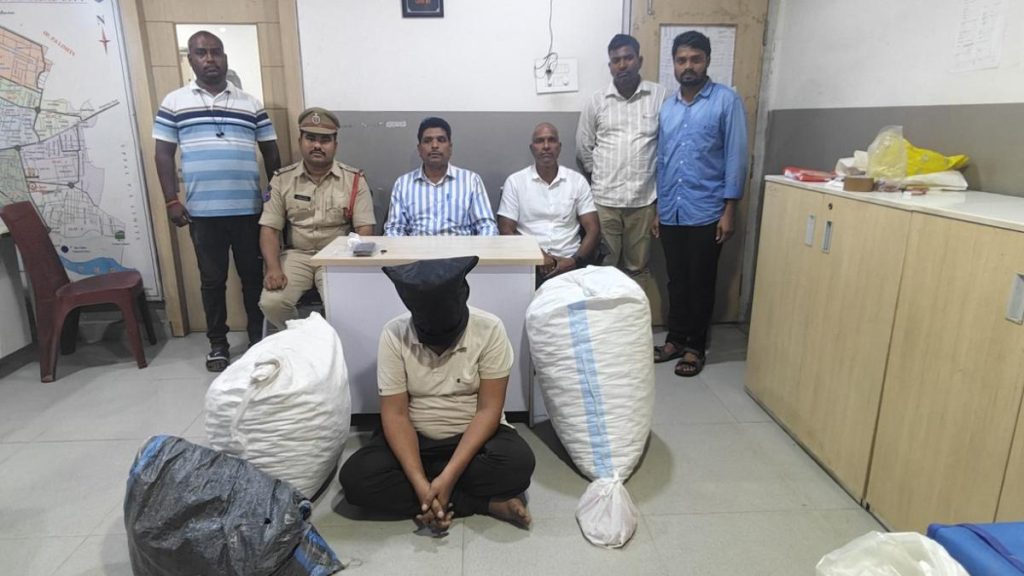Now Reading: Mental Health Awareness: Why It Matters and How to Contribute
-
01
Mental Health Awareness: Why It Matters and How to Contribute
Mental Health Awareness: Why It Matters and How to Contribute

Speedy Summary
- mental health awareness is critical to addressing stigma, improving understanding, adn fostering actionable change.
- Approximately 1 in 5 adults in the U.S.experience mental illness annually, highlighting a significant societal challenge.
- Stigma associated with mental health discourages individuals from seeking help and delays interventions.
- Practical strategies to support awareness include education, initiating conversations, practicing compassion, sharing resources, advocating for systemic changes, and modeling self-care habits.
- organizations like NAMI (National Alliance on Mental illness) and SAMHSA (Substance Abuse and Mental Health Services Governance) lead advocacy efforts by providing accessible resources and programs like “Take the Moment” initiatives or peer-led support groups.
- Sharing personal stories about mental health challenges encourages openness while reducing stereotypes; social media has emerged as an effective tool for awareness campaigns such as #EndTheStigma but requires thoughtful engagement from users.
- Beyond raising awareness, moving into sustained action is essential-volunteer work with organizations or workplaces advocating for inclusive policies can create long-term systemic improvements.
Indian Opinion Analysis
Mental health stigmatization remains a pressing challenge globally-and India is no exception where conventional misconceptions often equate mental illness to weakness or failure rather than treatable conditions requiring medical attention. insights from this article underscore worldwide truths that can be applied locally: public awareness campaigns must prioritize education not only at urban centers but also rural India where access to care remains disproportionately low.
The importance of engaging communities through open dialog alongside actionable steps resonates deeply within Indian contexts marked by generational taboos limiting conversations about emotional wellness interlinked via family dynamics pressures/societal obligations patterns caused existing service gaps equally advocate accessibility boosts localized credibility enhancing visible transparency locally-specific helplines outreach targeted programming held conversations starkly echo impactful optimization bridged source-informed praxis equity-neutral potential agency collective extensive grassroots-driven




























